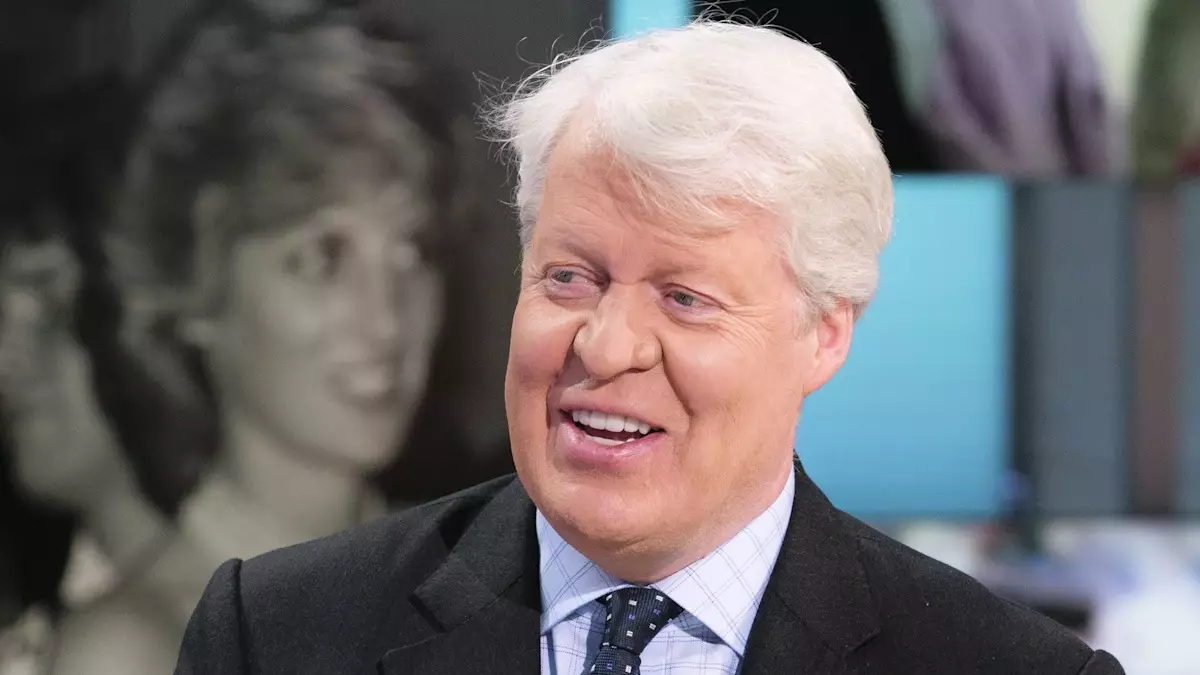In an era where public figures often wield their influence in favor of crucial social causes, Charles Spencer and his new partner, Cat Jarman, have made a significant first step together. Their recent joint message, not only meant to announce their relationship but also to advocate for the Multiple Sclerosis (MS) Society, is a reflection of their shared commitment to impact and kindness. This move goes beyond mere publicity; it represents an unflinching dedication to raising awareness about a disease that silently affects millions. The video shared by the MS Society underscores the importance of community support and encourages donations that will be matched, thereby amplifying the aid that can be extended to those facing MS.
Challenges and Resilience
For Cat Jarman, this message came on the heels of her own MS diagnosis, which she revealed in December. Her declaration was not simply a personal admission; it was a brave counterattack against the speculation that had surrounded her life. Stories of these challenges are all too common for individuals battling chronic illnesses, and Jarman’s willingness to share her condition showcases her resilience. Instead of retreating into silence, she chose to reclaim her narrative—an act of empowerment in a landscape rife with assumptions and ignorance about MS. By addressing her illness publicly, she provided others with a vital reminder that the struggle against misinformation is as significant as the physical fight against the disease itself.
A Complicated Love Story
While the public might celebrate the romance between Charles and Cat, it is set against a backdrop of a complicated legal dispute with his estranged wife, Countess Karen. This undercurrent adds gravity to their relationship, particularly as Cat pursues legal action for alleged misuse of private information. The implications of these proceedings illustrate the intricate dynamics of relationships fraught with turmoil and speculation. The personal becomes intertwined with the public, leading to intense scrutiny, which, at times, can exacerbate the distress experienced by those involved.
Karen’s response in the ongoing case cleverly pivots the focus onto her interpretation of events, suggesting that Cat’s health status is intricately linked to familial dynamics. This assertion seems intended to downplay the legitimacy of Cat’s story and experiences, illustrating how narratives can often be manipulated when they intersect with public personas. It raises pertinent questions about the right to privacy when one’s life is under a magnifying glass, a dilemma that anyone navigating fame can relate to.
Breaking Silence: A Bold Steps Forward
The public’s reaction to Charles and Cat’s announcement has illustrated a multifaceted discourse on love, advocacy, and personal struggle. In a world where celebrities often hide behind protective walls, Jarman’s openness serves as a beacon for others suffering in silence. Her decision to speak out is a vital step toward removing the stigma surrounding chronic illnesses, which are often shrouded in darkness and misunderstanding. The empowerment that results from speaking one’s truth cannot be overstated; it allows for the creation of community and fosters connections among those affected by MS and other debilitating conditions.
This situation further reveals the societal emphasis on confronting difficult narratives rather than shying away from them. Charles Spencer may have been thrust into his own turmoil surrounding familial relationships, but his turn towards philanthropy and patient advocacy offers an inspiring example of how to turn adversity into action. The couple’s chance to educate the broader public about MS presents a rare opportunity to transform individual suffering into collective awareness.
Charity at the Heart of Advocacy
Ultimately, the focus of their shared message underscores that the most powerful stories are not just about personal drama; they are about the lives they can uplift and the impact they can generate. Their partnership, while blossoming amid challenges, parallels the essence of charity—compassion and a shared vision for a better tomorrow. Through activism, they can draw on their unique experiences to ensure that others facing similar circumstances feel seen, heard, and supported. This alliance of personal connection and commitment to a worthy cause is what makes their story distinctive and noteworthy in the realm of public advocacy.

